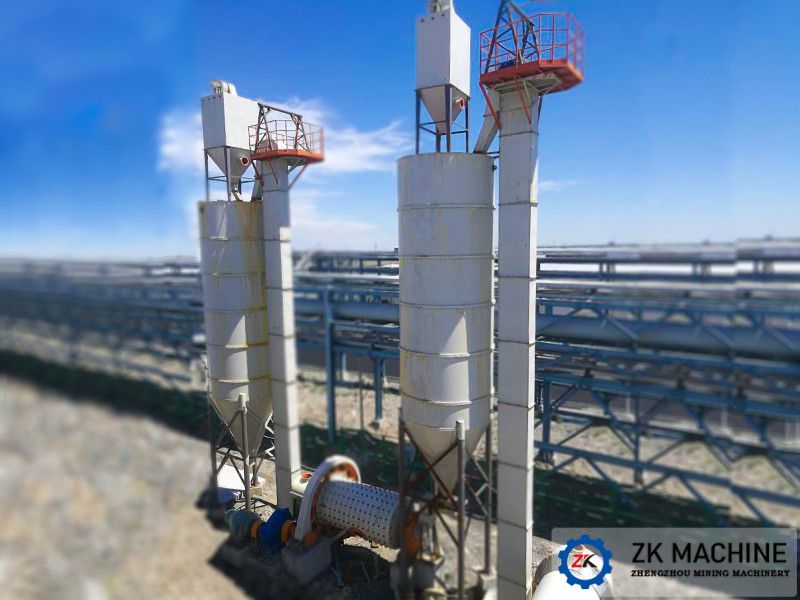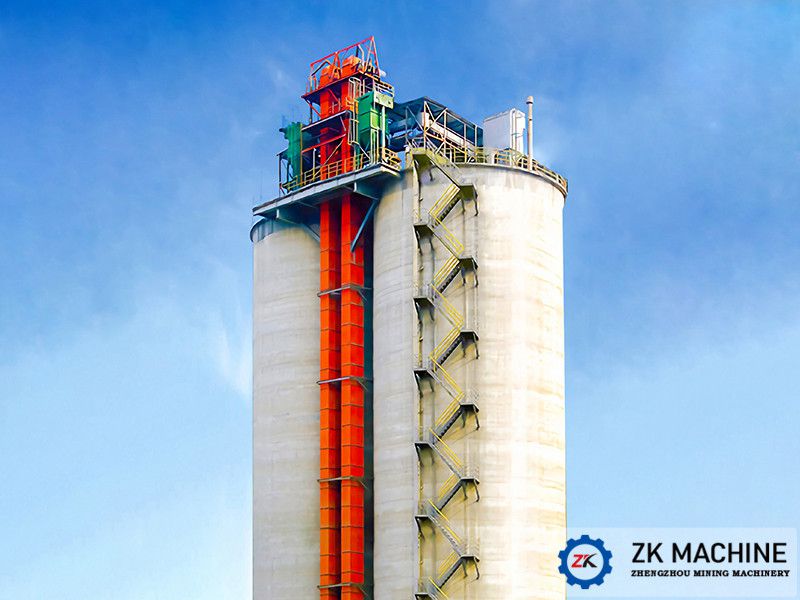Related Knowledge of NE Plate Chain Bucket Elevator
Date:2021-04-14 Source:zk corp Views:
NE plate chain bucket elevator is a widely used vertical lifting equipment, which is suitable for the vertical transportation of medium, large and abrasive materials (such as limestone, cement clinker, gypsum, lump coal). The temperature is below 250°C. NE plate chain bucket elevator is a plate chain type, gravity induction unloading elevator equipment. The machine adopts conveying feeding, and the material is injected into the hopper to be lifted to the top by a plate chain and a hopper. The chain in the material is a high-quality alloy steel high-strength plate chain, which is wear-resistant and reliable. The drive part adopts a hard tooth surface reducer.

NE plate chain bucket elevator is composed of chain device, driving device, upper device, middle casing, lower device and so on.
1. Good airtightness and less environmental pollution.
2. Convenient operation and maintenance, with few wearing parts.
3. Reliable operation, advanced design principles to ensure the reliability of the whole machine operation.
4. The mechanical size is small. Compared with other various hoists with the same lifting capacity, the mechanical size of this hoist is relatively small. 5. The plate chain bucket elevator has a large conveying capacity. The series of elevators produced by our company have various specifications such as NE15 ~ NE100. The lifting range is 15~100m3/h.
During the operation of the hoist, due to the environment, raw materials, operation and other reasons, blockages occur from time to time.

Methods to prevent material blockage of plate chain bucket elevator:
Blockage occurs when the plate chain bucket elevator is running. This is a terrible thing. It will not only affect the work efficiency, but also cause the equipment to shut down in severe cases, which will reduce the service life of the equipment. How to prevent this problem is far more important than solving it.
There are two reasons for common blockages. One is that the feeding speed of the feeding port is too fast. This speed is compared with the lifting speed. When the feeding speed is much higher than the lifting speed, this will cause the material not to be conveyed to the hopper. It falls directly to the bottom of the hoist, and it forms a blockage for a long time. The second is that there are more moisture or fiber impurities in the material, which is easy to form a blockage. For the first case, it is very easy to solve, only need to reduce the feed speed, to maintain a uniform conveying. The solution of the second type of material blocking needs to ensure the quality of the conveyed materials. The materials cannot be too wet, contain too much fiber impurities, and contain too many materials that are not suitable for conveying by the hoist.
The hoist is sometimes inspected and inspected during the shape of the hoist. If there is any abnormality, it should be shut down for inspection in time to avoid damage to the equipment.
- Next Page: Introduction of Double Tooth Roller Crusher
- Previous: Function of Ball Mill Liner

